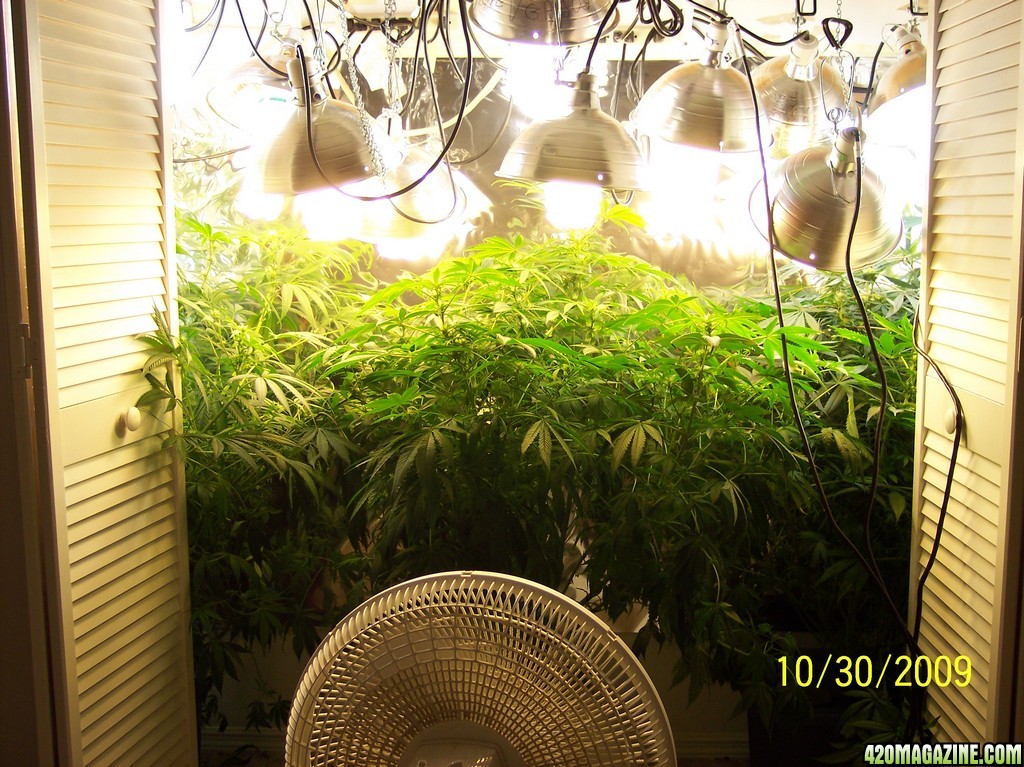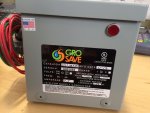kwired
Electron manager
- Location
- NE Nebraska
- Occupation
- EC
You have to remember the driving economic force in this state is agriculture, and the laws that exclude inspection of agricultural installations are 40+ years old with little or no changes since they were first introduced. Times have changed though, and we have stricter zoning and use laws then we used to, but electrical inspections is one thing that has not changed yet, though there have been more recent talk of some changes though not necessarily a complete turn around and permit requirements for all installations.In a commercial hydroponic system the plants will generally survive for up to 12 hours without having freshly oxygenated water flowing around the roots. But if the garden is aquaponics which means fish waste is all that the plants are getting for nutrition then the pumps can't go down for more than an hour or fish will start dying. These commercial aquaponic gardens are becoming very popular as the investors can harvest tilapia, blue gill, perch, bass, cray fish, etc. These can be large indoor projects that exceed 200K sq ft. Like your livestock operations, back up power generation for the critical pump circuits is considered crucial.
I had never heard that. Without any type of inspection being required I can just imagine some of the things you encounter as far as accidents and equipment failures go. Hopefully the utilities will remain an ally by requiring these installations be inspected, especially when it comes to meter sets where an AHJ inspection has not occurred.
It is off topic to some extent but worth considering the situation as a whole. In Arizona, Prop 215 passed allowing a limited number of licenses for commercial propagation, cultivation and distribution of medical cannabis. Prop 215 makes it illegal to compete with any of the licensed centers by growing cannabis for personal use within a 25 mile radius of the licensed operation. If caught doing so the law deals with these people more severely then prepassage of 215. If other states adopt this approach there is likely to be more scab wiring as a means of avoiding detection. That's the only reason I see it as relative to what we may encounter (safety first) in the field in states where cannabis laws have been passed.
If there are any utility engineers on this forum I would be very interested in any research that you can provide which shows grid impact projections in those states where commercial cultivation has been granted. Has there been any coordination between lawmakers and the utilities as to how many of these licenses may be granted based on the 200 watts/sq ft metric that these facilities consume? I'm concerned that in the states rush to legalize and generate taxable revenues they may have not fully considered the impact the number of licenses relative to the total sq footage that these operations are going to have on overall utility service capabilities.
We kind of have had exactly the opposite of what you mentioned to some extent, where it was the small operators of livestock operations that were crying out when larger operations wanted to open facilities, which has led to the stricter zoning and use laws, and same people that complained in the past now complain when they have to jump through hoops they never used to, be careful what you wish for, you just may get it:roll:
I would like to see that 25 mile rule even for personal use come to play around here, just for amusement purposes. The before mentioned tomato facility likely has more tomatoes growing within a 25 mile radius for personal and maybe road side/farmers market sales than the commercial facility produces in the typical outdoor growing season, and they are better quality tomatoes for certain. Such laws that are primarily intended to eliminate competition IMO should not be allowed, and maybe are even unconstitutional.









